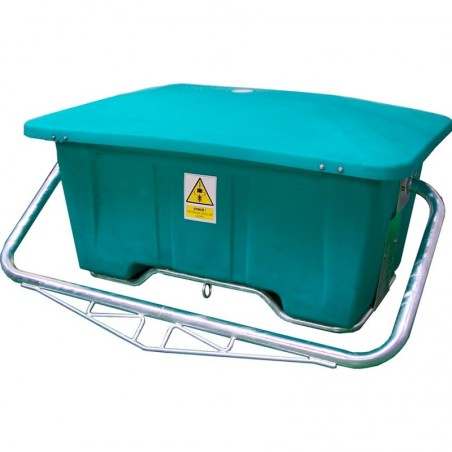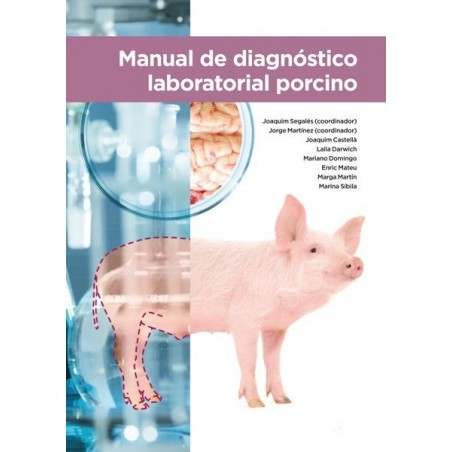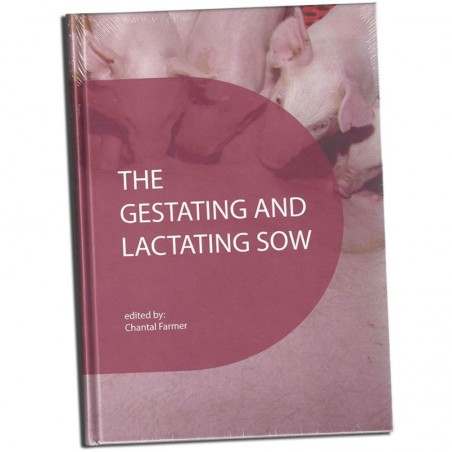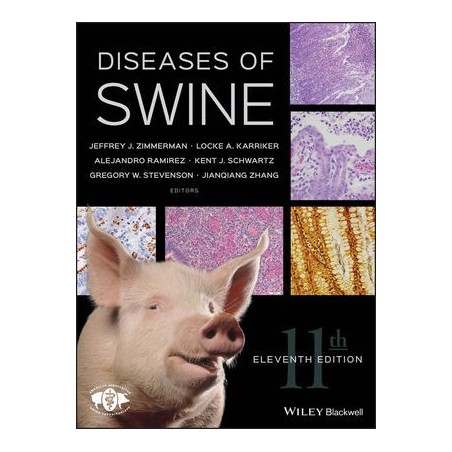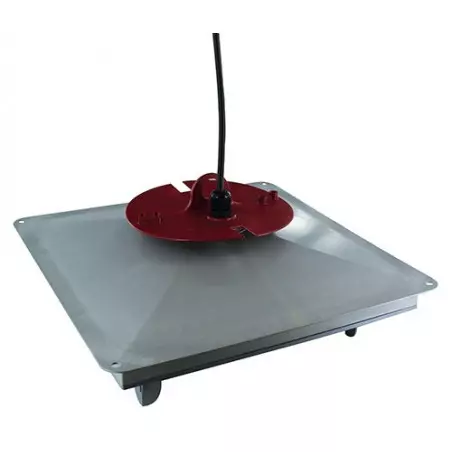Overall, while porcine circovirus 2 systemic disease presentation (PCV-2-SD) and porcine circovirus type 3 associated disease (PCV-3-AD) presentation may exhibit similar clinical signs, including wasting, weight loss, ill thrift, poor doers, and hirsutism. However, these conditions can be readily distinguished from each other at the histopathological level. Therefore, the objective of the present work was to compare the histopathological findings observed in selected pigs affected by PCV-2-SD and PCV-3-AD. All the cases were previously submitted at the Servei de Diagnòstic de Patologia Veterinaria (SDPV) of the Universitat Autònoma de Barcelona.

Regarding PCV-2-SD, we mainly looked at the lymphoid organs. The microscopic lesions evaluated were lymphocyte depletion, granulomatous inflammation, and presence of multinucleate giant cells, intracytoplasmic inclusion bodies and lymphoid necrosis. In order to confirm the presence of the virus, we used immunohistochemistry (IHC) to detect PCV-2 antigen.
As for PCV-3-AD we investigated the microscopic presence of arteritis and periarteritis in different organs, including myocardium, spleen, liver, kidney, lung, and mesentery. The definitive diagnostic technique used in this case to detect viral genome was the in-situ hybridization (ISH).
PCV-2 and PCV-3 associated disease outcomes are distinguishable at a histopathological level as PCV-2 has tropism for lymphoid organs and where the lesions are present, whereas PCV-3 produces systemic arteritis and periarteritis which can be found virtually anywhere in the body. Additionally, PCV-2-SD affected animals consistently revealed the established microscopic diagnostic criteria, including lymphocyte depletion as well as granulomatous inflammation and PCV-2 antigen mainly in macrophage-like cells of the lymphoid tissues. Also, in most of the cases there were also present intracytoplasmic inclusion bodies.
At last, PCV-3 diseased pigs always had arteritis and periarteritis although with not a clear pattern of organ tropism. In fact, these alterations may be so hard to find that sometimes in some tissues, since occasionally these organs have no alteration at all compared to others from the same animal. Therefore, it is considered imperative for the realization of its definitive diagnosis the detection of PCV-3 within lesions, currently by means of ISH, to confirm the disease.




